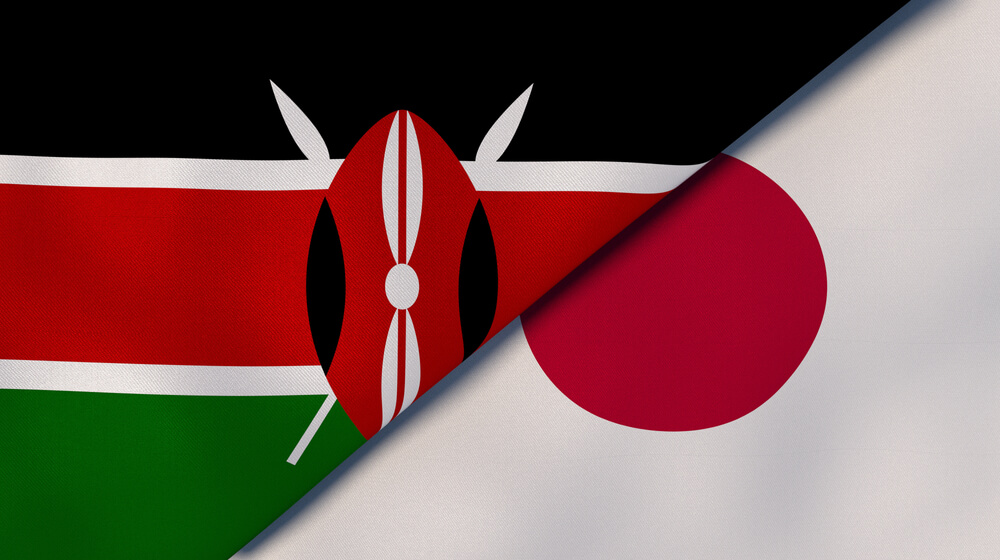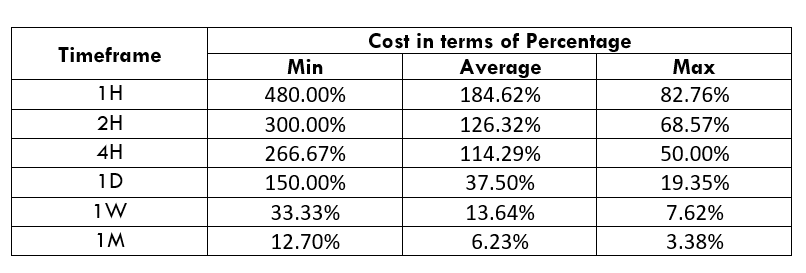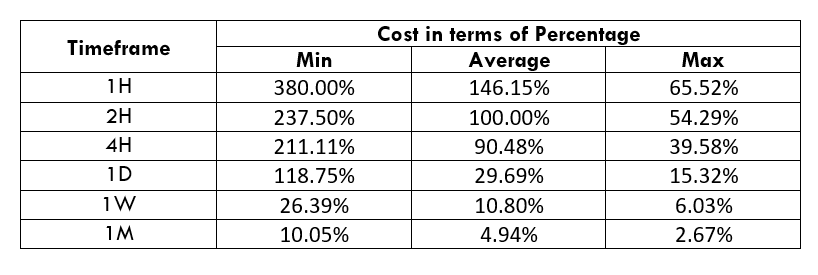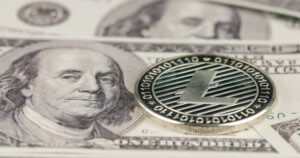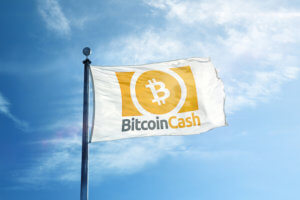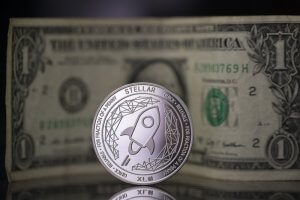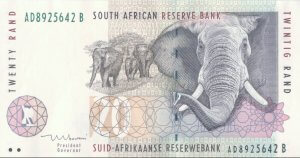Introduction
In the JPYKES currency pair, JPY is considered as the currency of Japan. On the other hand, KES is the currency of Kenya. It is an exotic currency pair where the JPY is the first currency, and the KES is the second currency.
Understanding JPYKES
The JPYKES represents how much KES is required to have one JPY. It is quoted as 1 JPY per X KES. For example, if the value of this currency pair is at 1.0286, then about 1.0286 KES is required to purchase one JPY.
JPYKES Specification
Spread
Spread comes from the difference between the Ask price and the Bid price that a broker takes as a charge. The brokers control this value; therefore, traders don’t have to do anything with this. This value depends in the execution model used for executing the trades.
Spread on ECN: 19 pips
Spread on STP: 24 pips
Fees
Every broker takes fees from trading in any currency pair, which is similar to the stock market. However, there is no fee on STP accounts, but a few pips on ECN accounts.
Slippage
Slippage is the difference between the open price of the trade and the actual execution level. The main reason for slippage is the market volatility and the broker’s execution speed.
Trading Range in JPYKES
The trading range is the representation of the minimum, average, and the maximum volatility of this pair on the 1H, 4H, 1D, 1W, and 1M timeframe. Using these values, we can assess our profit/loss margin of trade. Hence, this proves to be a helpful risk management tool for all types of traders.
Procedure to assess Pip Ranges
- Add the ATR indicator to your chart
- Set the period to 1
- Add a 200-period SMA to this indicator
- Shrink the chart so you can assess a large time period
- Select your desired timeframe
- Measure the floor level and set this value as the min
- Measure the level of the 200-period SMA and set this as the average
- Measure the peak levels and set this as Max.
JPYKES Cost as a Percent of the Trading Range
With the volatility values from the above table, we can determine the chance of cost with the change of volatility. All got the ratio between total cost and volatility values and converted into percentages.
ECN Model Account
Spread = 19 | Slippage = 5 | Trading fee = 8
Total cost = Spread + Slippage + Trading Fee
= 19 + 5 + 8
Total cost = 32
STP Model Account
Spread = 19 | Slippage = 5 | Trading fee = 0
Total cost = Spread + Slippage + Trading Fee
= 19 + 5 + 0
Total cost = 24
The Ideal way to trade the JPYKES
The JPYKES is a currency pair that has sufficient volatility and liquidity. Therefore, it is simpler to trade this currency pair.
The percentage values are above 500% in a lower timeframe. This means that the costs are low regardless of the timeframe and volatility you trade.
Digging it a little deeper, the cost increases when the volatility decreases, and the cost decrease when the volatility increases. In a lower timeframe, this pair is very volatile at above 600%; therefore, traders should be cautious to trade it.
However, the best time to trade in this pair is when the volatility remains at the average value. In that case, this pair can provide a decent profit with balanced volatility and cost.
Furthermore, traders can quickly minimize their costs by using orders as ‘limit’ and ‘stop’ instead of ‘market.’ By using these orders, the slippage will not be considered in the calculation of total costs. Therefore, the total cost will reduce by five pips.
Limit Model Account
Spread = 19 | Slippage = 0 | Trading fee = 0
Total cost = Spread + Slippage + Trading Fee
= 19 + 0 + 0
Total cost = 19

